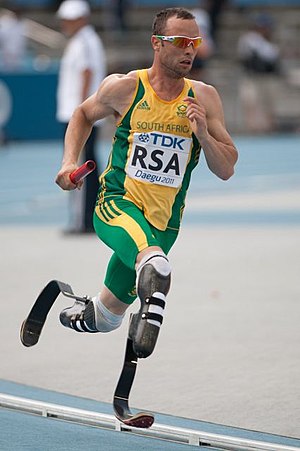A recent advancement in the technology used for Breathalyzers may benefit the state of Colorado in preventing substance abuse related accidents. Colorado has seen its fair share of drunk driving and the recent passing of Amendment 64 has made people question the safety and legality of drivers under the influence of marijuana.
Apparently Switzerland has a high rate of substance related accidents as well, which promoted them to create a new device that can detect 12 different substances including the most commonly abused drugs such as marijuana, morphine, crystal meth, cocaine and heroin. Currently the process and enforcement mechanisms behind testing drivers for drugs other than alcohol have been limited at best. Testing for substances require blood and urine samples – which police can’t conduct roadside.
The Swedish designed Breathalyzer was tested on 47 patients in an addiction clinic and was able to detect drugs with an accuracy rate of 87% – which is in line with the accuracy rate of most urine and blood tests. One drawback of the device is that it was able to pick up on the use of substances 24 hours after they were reportedly used. Therefore the level of substances and determination if one is “under the influence” at the time they are suspected cannot be accurately detected. According to the lead of the study published in the Journal of Breath Research, Professor Olof Beck, future studies can be refined to correlate the breath with actual concentrations of the drugs.
In this way, law enforcement could use the Breathalyzer preliminarily at the scene and then later confirm it by urine and blood tests. While this seems viable, a lot of regulations would be required – such as determining the levels of drugs that would be deemed “over the limit” according to the height, weight, history of use, developed tolerance and gender of the suspect. Prosecution and enforcement would be difficult as DWI and DUI defense attorneys would have a field day with the amount of indeterminate factors of what is “over the limit” for each substance. But considering and fine tuning this option in the future seems increasingly important as the Center for Disease Control reports that the aforementioned drugs are involved in roughly 18% of fatal car crashes.






